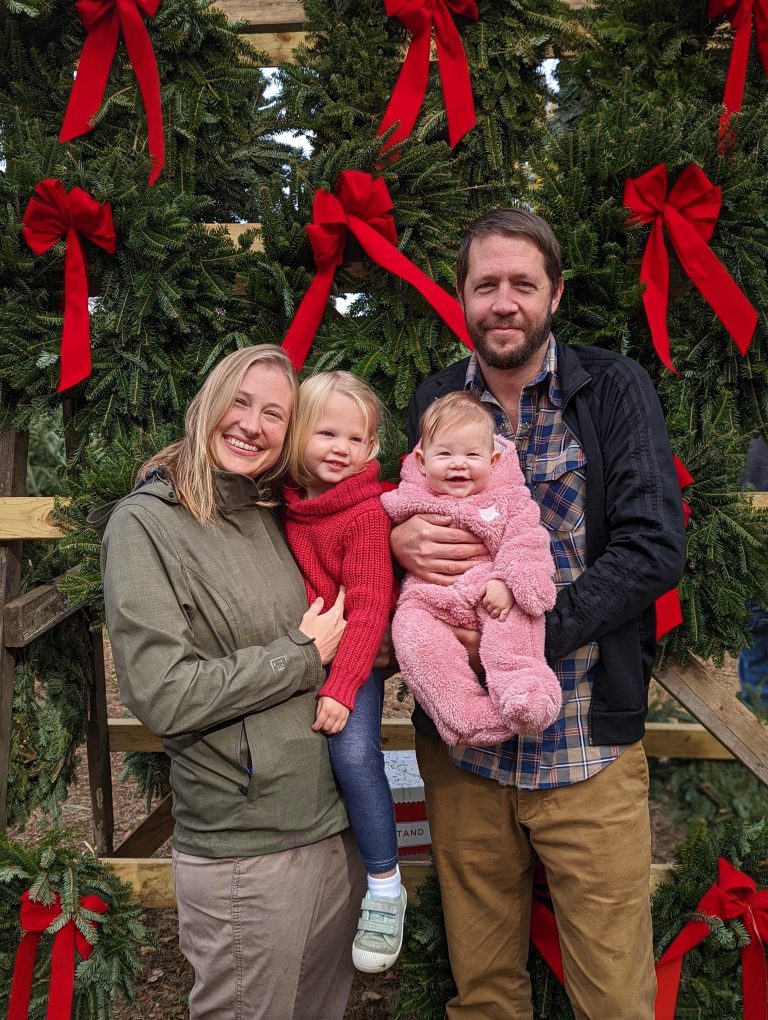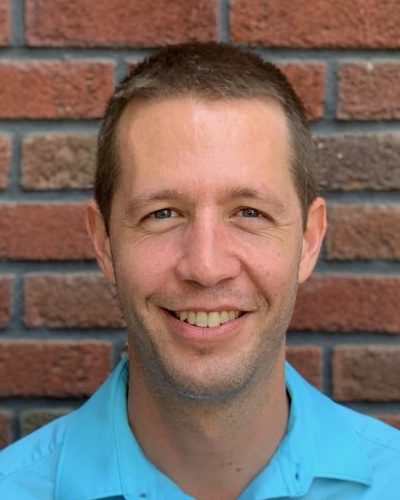SAM MILLER
CAPSTONE
Capstone Project Committee: Alessandro Iannaccone, M.D., M.S., FARCO; Lauren Doyle, MGC, CGC; Juliann Savatt, M.S., CGC; Mohsin Ali, M.D.
Purpose: This study analyzed the genetic testing results of a demographically diverse cohort of patients suspected to have inherited retinal degeneration (IRD) to identify differences associated with patient ethnicity.
Methods: A retrospective chart review was conducted on 146 patients to gather information about demographics, genetic testing results, and phenotype. Initial variant load (IVL), defined as the number of variants per participant remaining after filtering out common variation, was assessed for 12 White participants and five African American participants. Nonsynonymous IVL, or the number of variants that would change the amino acid sequence, was also assessed for this subgroup. The rate of novel versus previously reported variants was evaluated for all participants self-identifying as White, African American, Hispanic, Middle Eastern, and Asian.
Results: The IVL for African American participants was 1.52 times greater than that of White participants. The nonsynonymous IVL was 1.42 times greater. The overall rate of novel variants in the cohort (n=144) was 23%. Sixteen percent of variants identified in White participants (n=117) were novel, compared to 40% in African Americans (n=15), 40% in Hispanic (n=5), 80% in Middle Eastern (n=5), and 100% in Asian (n=2) participants.
Discussion: Within this cohort, ethnicity-associated differences were found in genetic testing results for IRD. Variant load is indicative of the number of variants that may require manual analysis and novel variants pose extra challenges to variant classification. These findings support a growing body of evidence that precision genomic medicine currently has less utility for non-Caucasian patients.
Since Graduation

Since graduating in 2019, Sam has worked at Levine Children’s Specialty Center in Charlotte, NC. This experience on the frontlines of medical genetics has been challenging and rewarding. Over the last 2.5 years, Sam’s family has grown and now includes two daughters, June and Kate. Ready for a new adventure, Sam and his family are moving to San Luis Obispo, CA in early 2022 to be closer to family. He has accepted a remote laboratory position at GeneDx as a Whole Exome Sequencing analyst and report writer. Having accumulated a breadth of knowledge in a high volume clinic, he’s excited for the opportunity to hone his depth of knowledge molecularly.
